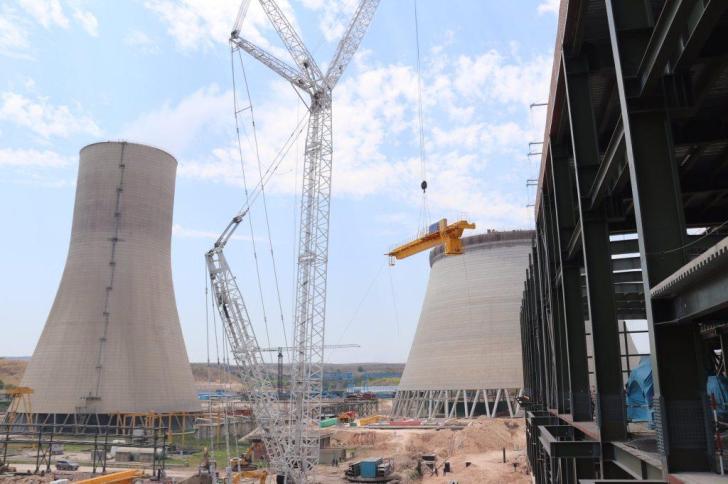News / National
Hwange Power Station Unit 8 fault resolved
28 Aug 2024 at 14:24hrs |
0 Views

Zimbabwe's load-shedding is expected to improve following the resolution of a technical fault at Hwange Power Station Unit 8, which is now awaiting synchronization. ZESA Holdings is taking multiple steps to address power outages, including importing electricity to mitigate the effects of reduced hydropower at Kariba Dam and installing a utility-scale battery energy storage system capable of providing 600 megawatts during peak periods.
To reduce pressure on the grid, particularly during the winter wheat season, ZESA will install 150 MW of solar power at productive farms, allowing them to supply excess energy to the grid. Additionally, agreements with ferrochrome companies, which are major electricity consumers, will see them generating their own power. This includes the construction of thermal and renewable energy projects expected to add substantial capacity to the national grid.
The repowering of Hwange Units 1 to 6 is another key initiative, aiming to increase output from 485 MW to 840 MW. An agreement is being finalized with Indian firm Jindal to add four new units with a combined capacity of 1,200 MW. These efforts are part of broader interventions under Zimbabwe's National Development Strategy (NDS1 and NDS2), which view power supply as critical to the country's economic recovery and growth.
El Niño-induced drought has significantly reduced power generation at the Kariba South Hydro plant, which has seen its output cut from 1,050 MW to an average of 272 MW. ZESA has been struggling to meet demand, especially during the high-demand winter period, resulting in a shortfall of up to 540 MW. However, the recent repair at Hwange and future projects are expected to boost Zimbabwe's electricity production significantly.
To further support the country's agricultural sector, particularly winter wheat farmers, ZESA has prioritized their power supply, increasing the ring-fenced power allocation from 100 MW to 150 MW as of August 2024. These farmers are largely shielded from load-shedding, except in cases of technical faults, thanks to network reinforcements and new switch gear installations.
Challenges remain, particularly with the continuous vandalism of electricity infrastructure, which has cost the utility over $24 million in recent years. ZESA is also grappling with financial difficulties, including unpaid bills totaling ZW$5.7 billion, which has led to a reduction in electricity imports. The utility is conducting a disconnection blitz to encourage bill payments and maintain service delivery.
To reduce pressure on the grid, particularly during the winter wheat season, ZESA will install 150 MW of solar power at productive farms, allowing them to supply excess energy to the grid. Additionally, agreements with ferrochrome companies, which are major electricity consumers, will see them generating their own power. This includes the construction of thermal and renewable energy projects expected to add substantial capacity to the national grid.
The repowering of Hwange Units 1 to 6 is another key initiative, aiming to increase output from 485 MW to 840 MW. An agreement is being finalized with Indian firm Jindal to add four new units with a combined capacity of 1,200 MW. These efforts are part of broader interventions under Zimbabwe's National Development Strategy (NDS1 and NDS2), which view power supply as critical to the country's economic recovery and growth.
El Niño-induced drought has significantly reduced power generation at the Kariba South Hydro plant, which has seen its output cut from 1,050 MW to an average of 272 MW. ZESA has been struggling to meet demand, especially during the high-demand winter period, resulting in a shortfall of up to 540 MW. However, the recent repair at Hwange and future projects are expected to boost Zimbabwe's electricity production significantly.
To further support the country's agricultural sector, particularly winter wheat farmers, ZESA has prioritized their power supply, increasing the ring-fenced power allocation from 100 MW to 150 MW as of August 2024. These farmers are largely shielded from load-shedding, except in cases of technical faults, thanks to network reinforcements and new switch gear installations.
Challenges remain, particularly with the continuous vandalism of electricity infrastructure, which has cost the utility over $24 million in recent years. ZESA is also grappling with financial difficulties, including unpaid bills totaling ZW$5.7 billion, which has led to a reduction in electricity imports. The utility is conducting a disconnection blitz to encourage bill payments and maintain service delivery.
Source - The Sunday News
Join the discussion
Loading comments…



















